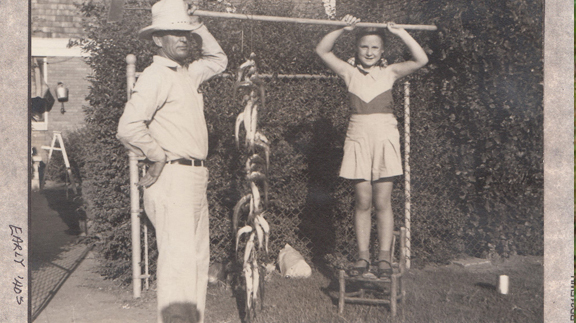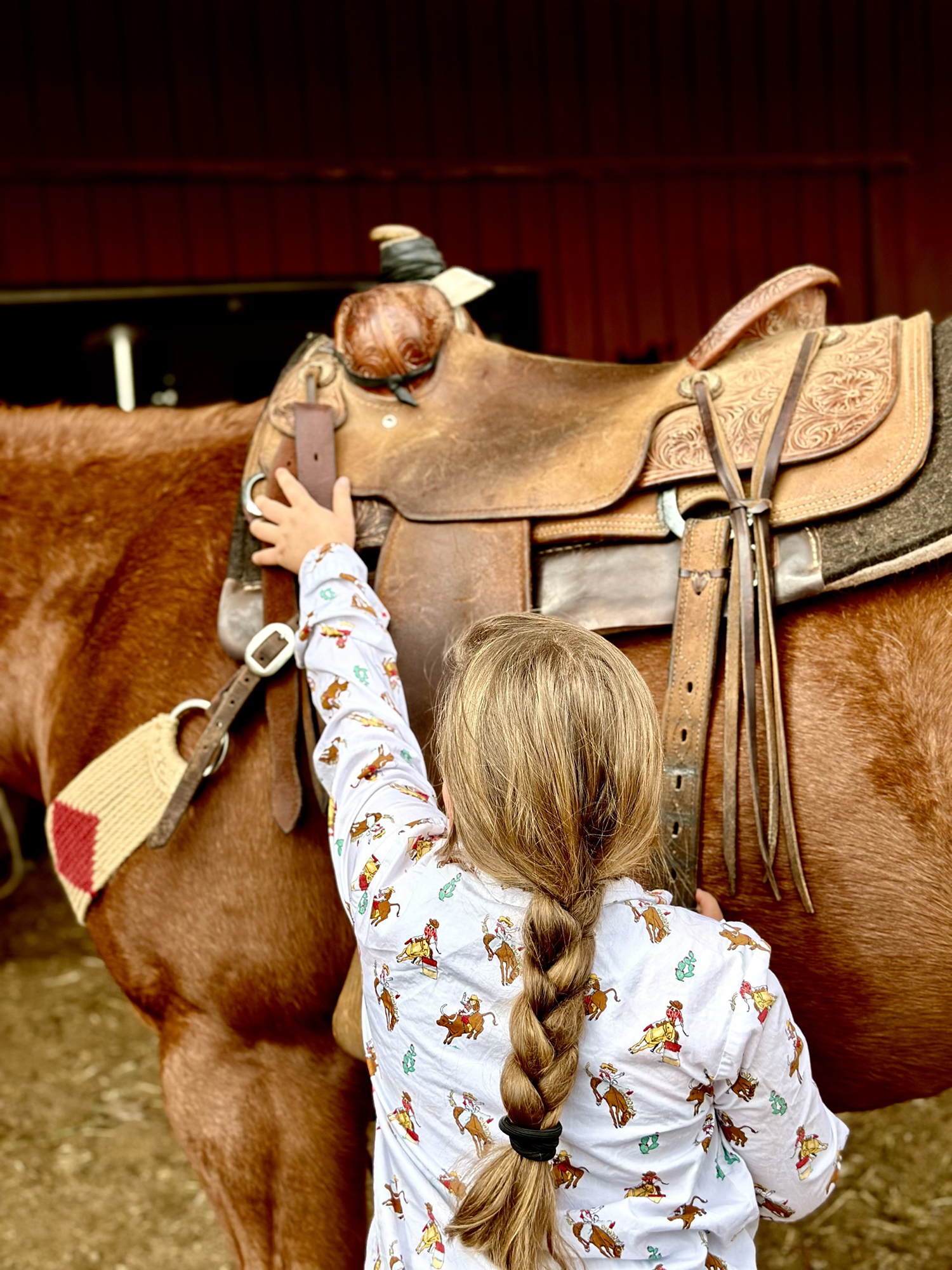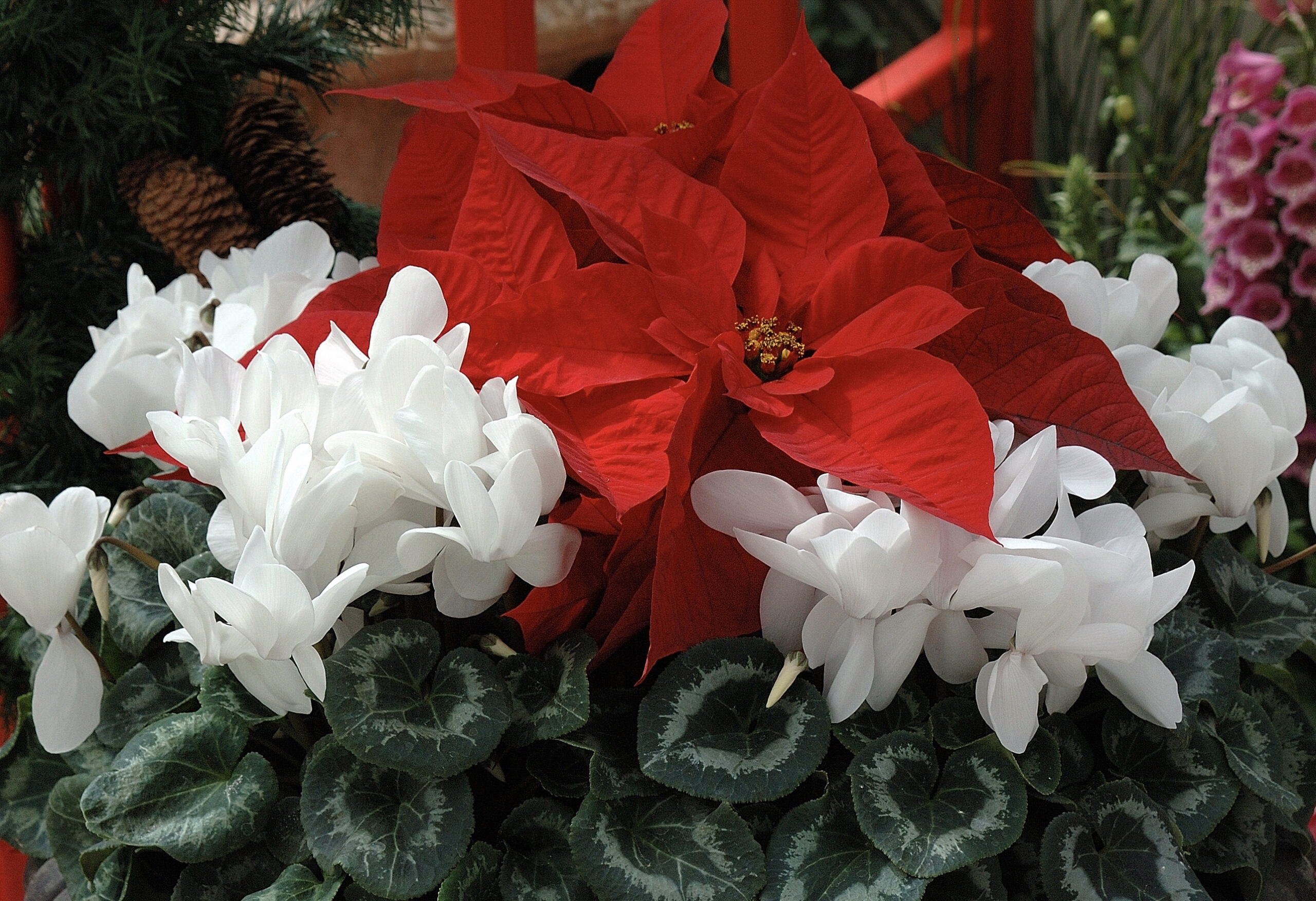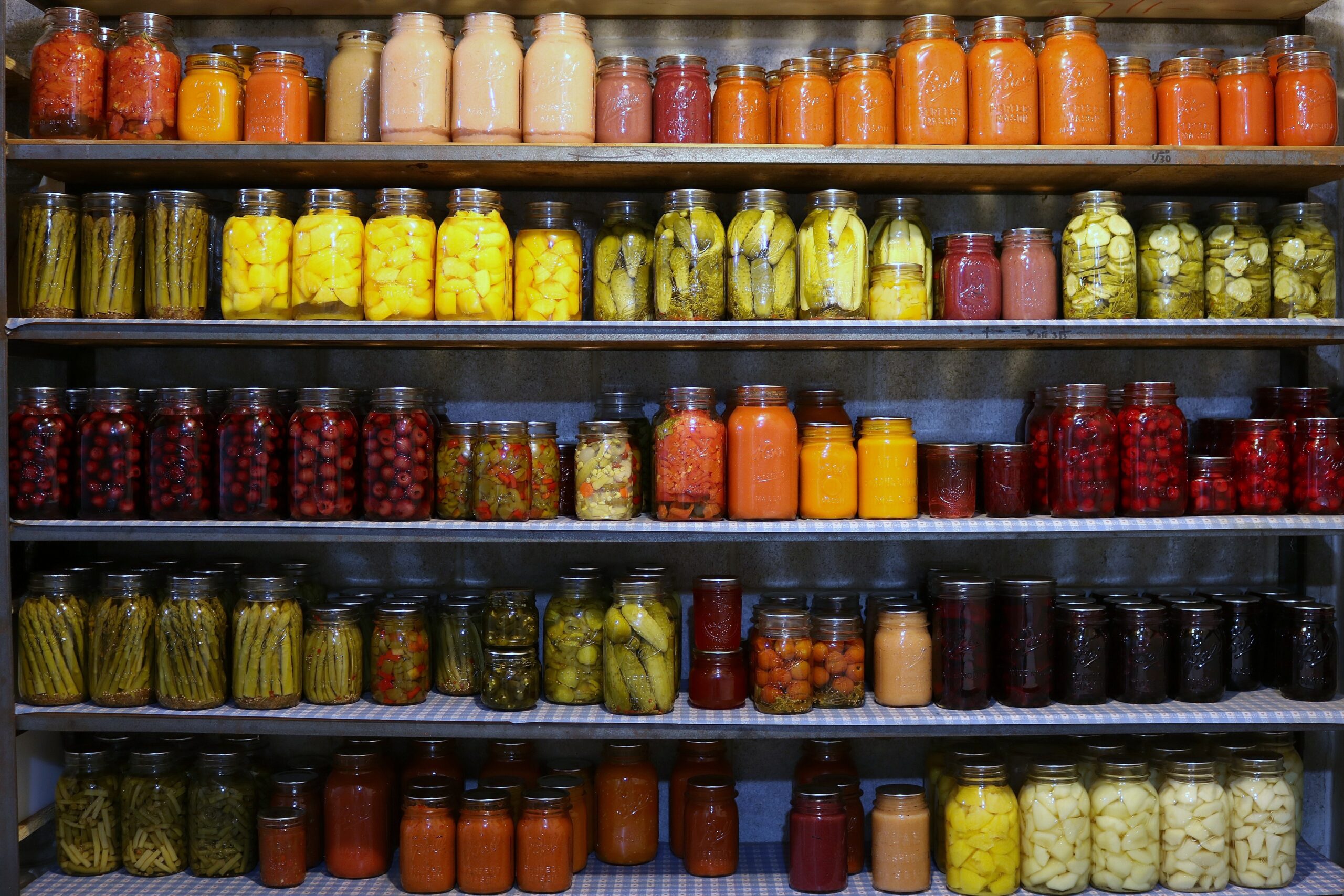Country Lifestyle
A rancher’s daughter

Sue Seay Dennis of Dennis Cattle Co.
By Jessica Crabtree
Everyone should know their lineage: the story of how their family came to be and got to where they are today. Its worth is priceless. That is how your story can be passed down for generations so that your children know who their relatives were and what prominent things they did in their time. That is something to be proud of. Sue Seay Dennis was the only child born to Wilmer and Leary Seay. The Dennis Cattle Co. ranching heritage dates back to 1899 when Oscar, Okla., was founded. Eighteen miles southeast of Ryan, Okla., the town was name after Oscar W. Seay, a prominent pioneer rancher who helped settle the land and established a family ranch. Oscar Seay was Sue’s great-grandfather. As a third generation rancher herself, Sue wanted to do just that and be on the land. Her fondest memories included her dad. “I made every step he did! I would leave my bonnet next to his hat so he couldn’t go anywhere without me,” said Sue. Wilmer was one of five children. After his father’s death, the land was divided and straws were drawn among the children. Although drawing the short straw, Wilmer was fortunate when the property he got was filled with oil wells. Over time Wilmer accumulated more land, even buying out all his other siblings except two. Wilmer Seay was a hard-working man who was always seen with a cigar in his mouth. The rancher and oil man quit school after the third grade declaring, “He knew all he needed to know,” said daughter Sue. Wilmer ranched all his life, driving cattle miles to rail cars. Sue reminisced on her father waking extra early in the mornings, around 4 or 5 a.m. One time she asked him, “Daddy, why do you get up so early? His response, “That’s when I do my best thinking!” Sue recalls her father taking three and four-year-old, 1,400 lb. steers down to his ranch in Ringgold. Sue chuckles at the memory of her father driving his steers to Ringgold before asking what time the train came through. After the work of gathering them and starting toward Ringgold, he got all the way to the tracks in Ringgold when the train came through and scattered the entire herd. That left Wilmer searching for steers for three days. Sue said thereafter her father called the rail road every time before moving cattle. Wilmer bought the ranch in Ringgold in 1938 from Carl Worsham’s Creditors Committee. Worsham, who came from a wealthy business, banking and ranching family himself, was one of two children born to W.B. Worsham. W.B. was known as a prominent banker and rancher, even owning his own bank at one time. His son, Carl fell right into his footsteps. Carl Worsham died Sept. 29, 1935. Sue’s father Wilmer purchased the Carl Worsham ranch from Carl Worsham’s Creditor’s Committee. The property was approximately 4,000 acres. On the property was a home built by Carl Worsham. Built in 1919, the three-story home was a mixture of lavish light fixtures and wood all of European origin. Mr. and Mrs. Worsham were said to have imported all the wood and accessories to the home from Europe. Mrs. Worsham even manicured her landscaping to mimic that of an English garden. The majestic structure was complete with the top story as a dance hall. Sadly, the story is told that Worsham went into bankruptcy over the home. In 1958 Sue’s father deeded the Ringgold ranch to her. Due to deteriorating conditions the third story of the house was demolished, leaving a single story and small attic which still stand today. The great walls of wood and mantel pieces adorned with murals of a peacock and wagon train can only make a mind wonder what the home once looked like in its time of glory. Tales have been told among ranch hands of sightings of a man in a white shirt. Some wonder if Carl Worsham still inhabits the ranch today. Since then Sue has maintained the ranch as her father did, of course with his help along the way. The ranch gained ample help when Sue married Skeeter Dennis in November of 1950. With roots in ranching as well, Skeeter helped round out the total acreage to approximately 30,000 acres in Oklahoma. Skeeter’s father, Scott Dennis and Wilmer forged a strong working relationship that lasted their lifetimes. Sue mentioned that between the two there was never a cross word. Sue attributed most of her ranching knowledge to her father. When asked what she took away from the man she adored most, she replied, “Honesty, caring about people and loving ranching and the land.” Many memories are still shared today of Wilmer’s “character.” Sue described him as being a caring man, always keeping a garden and giving fresh produce to others, a man who cared a great deal about working ranch horses, hated burs and sunflowers, sealed deals with a hand-shake and until his departure came out to the ranch daily to oversee progress. Wilmer’s granddaughter, LaDonna still enjoys thinking back to the days of riding around with her grand-dad, “We would drive around in his Cadillac in the pasture and come up on an abandon baby calf, throw it in the back and off we’d go!” Sue revealed her father was a strong Republican who told her, “You stand under the eagle, even if he _ _ _ _s on you.” When asked if she still heeds her father’s advice, her response was, “Yes, I still vote Republican. Daddy said!” Wilmer died in 1976. Skeeter Dennis was known for his long-time involvement in the cutting horse industry. Skeeter was a lifetime member of both the National Cutting Horse Association and the American Quarter Horse Association. Skeeter was even presented with the AQHA Legendary Breeders Award in 2011. Sue describes her late husband as a “handful.” Together the couple had four children, Steve, LaDonna, Cindy and David. The two continued ranching with their family, building their empire of Hereford and Angus cattle up to 1,400 cow-calf pairs, 300 replacement heifers, and 50 bulls, along with steers and Longhorns. The family also built up an impressive herd of Quarter Horses with bloodline going back to top cutting horse and reining horse sires. Skeeter died in August of 2013. Today, LaDonna oversees the horses with a total of 25 head. Dennis Cattle Co. is a member of the AQHA Ranching Heritage Breeder Assoc., NCHA, American Hereford Association, Oklahoma Cattleman’s Association and Texas Cattle Raisers Association where they’ve been a member of since 1931. In 2009, Dennis Cattle Co. was given the “Excellence in Grazing” award by the Jefferson County Conservation District. Additionally, Dennis Cattle Co. offers semi-guided hunts. That includes hunts for deer, turkey, hogs and coyotes. Also, they do aerial spraying and hog hunts from helicopter. The tall, feisty rancher’s daughter still resides on the ranch today in a cabin built in a special spot near a creek where she and her father would go play in the creek and build towns, calling them old California. She now watches the sixth generation grow up on the ranch and play in those very same creeks. Sue now has the opportunity to pass onto her great-grandkids what life was like for her growing up, life lessons and valuable advice passed down from her father and from his to him. Priceless memories include expression lessons in Nocona when she was four or five, riding in the back of her dad’s pickup to the river, tap lessons and piano lesson she begged her parents not to take, cooking for branding crews, driving across an iced tank with her dad and so much more. Other interesting facts about Sue include, having a ticket to the Fort Worth Stock Show the last 82 years and only missing three years of it, and the fact that she wrote a cook book entitled, “Cooking in the Cabin.” Undoubtedly life on the ranch sees down times. Sue has seen it from drought to floods. She doesn’t remember an actual dust bowl, but remembers bad dust storms. She saw a time when sugar and tires were rationed and you had to have war stamps for each. She saw a time of flood that baby calves washed down the river. She saw a time when people followed the river and oil boom, living in small shot-gun houses. The change she remembers most is the present drought. Sue knows of tanks on their place that were there way before her that are dry today. The drought of the 50s holds no candle to the present in her mind. In her 84 years, Sue hasn’t seen it all yet. She is an avid traveler. She has traveled to almost every state except to the north where she has no desire to visit. As a rancher’s daughter, granddaughter and wife, she has lived through it all. Above all she is a cancer survivor with an appreciation for life and a family lineage that will carry on for many generations to come. For additional information about Dennis Cattle Co. their cattle, horses or hunting visit their website at denniscattleco.com or sandbhelicoptertours.com

Country Lifestyle
Western Housewives – April 2024

I am a mother. I do not know about the rest of you mothers, but the second I became “Mom,” my life became a constant state of wondering if I am doing a good job.
That is especially hard to tell when you choose to homeschool. I have no feedback from anyone that is not family. No teacher conferences telling me the little girl talks too much or the oldest boy can not sit still. Sure, I could ask my husband how he thinks our kids are maturing emotionally and intellectually. Still, he would most likely look out the window and see the aforementioned children running around in the sand with only socks on. He would then look at me and ask me to make him a quesadilla. I would say yes, we would joke about socks, and life would go on. See? Zero feedback to go on here.
So, you start to rely on personal experiences. You come up with little tests throughout your days to rate your kids “ready for society” level.
Example 1: A trip to the big city where the kids treat the grocery store as their personal snack depot. They successfully eat all the grapes and a whole block of cheese in your basket before you can check out. As you leave, they tell the door greeter, “Have a nice day.”
Example 2: Your husband enters an indoor rodeo. You are bouncing the baby and notice your oldest child is eating a bag of dippin dots. First, you smile and then remember that she has no money. Come to think of it, the concession stand is not even open. You have now concluded your firstborn has broken into the closed concession stand with her posse of four-year-old convicts and has helped herself to some ice cream.
Example 3: You are in church. The children have managed to be nice and quiet the entire time. After the message and the closing “Amen” is said, your three-year-old turns to you and says, “Well, that wasn’t so bad.”
After a little while, you start to question your “Ready for Society” tests. Are they productive? Are they accurate? I figure the answer to that question is better left unanswered.
One evening this summer, after I had quit conducting all these tests, I was mourning the loss of my children’s place in society when I looked up and noticed all our horses running down our driveway, headed for the neighboring pastures. For a minute, I just sat there wondering what I should do. I was holding the baby and wearing the ever-practical slip-on loafer and had absolutely no idea what was for supper. That had nothing to do with the horses being out, but that is part of being a housewife, I guess. You always wonder if you left the iron on and what is for supper.
While I sat there stunned, pondering life’s biggest questions, my husband and my daughter yelled at me to get a move on as they were already springing into action. My husband ran to stop them, and my daughter was on her way to the barn for some halters. Meanwhile, I was tripping over my loafers, scaring the horses and making already stressful matters much worse.
My husband finally got the horses cornered at the far end of our neighbor’s pasture and waved at me for some assistance. I handed the baby to my daughter and told her to watch the boys and stay in the house while I headed to help.
Within 30 minutes, we caught the horses and led them back to the corrals. I was in a near state of panic, wondering how long the boys had been crying and what state of mind my daughter was in, having just witnessed her dad nearly sweat to death and her mother make terrible fashion choices.
To my surprise, as I walked up to the house, I saw three happy children on the porch eating a supper of plums and peaches. The boys laughed at their sister as she shuffled little cars and cows around for them to play with. Not only had she fed and entertained her brothers, but she had also cleaned the house and fed the chickens to boot. I just stood there quietly watching for a while, not wanting to disturb the moment.
After the kids passed their first ever Ready for Society test, I realized that society’s standards versus my own were probably quite different. Society tells me that my kids need to be clean and quiet. Seen but not heard. Able to recite the ABCs on command but have no opinion on political matters. To be kind to everyone but never bring up God’s name and what He has to do with it. Society says my kids should fall into the assembly line and attend a good college someday to get a good minimum-wage job.
Why would I want my kids to fit into society when I do not even fit into society? No, I think I will keep my dirty little misfits all to myself. I think I will continue raising them to know how to care for themselves and each other. I will continue to show them how to serve God and work hard. I will continue to raise them never to wear slip-on shoes in the pasture and that plums and peaches are a totally acceptable supper on a warm summer evening.
Country Lifestyle
Poinsettia Partnerships Will Make Your Holidays Beautiful

By
Norman Winter
Horticulturist, Author and Speaker
National Poinsettia Day just passed, December 12 to be exact. While I am sure the powers to be wanted a celebratory type day, from what I have been seeing this year is this may have been a deadline day. This most likely applies to poinsettia partners too! If you are asking what a poinsettia partner is then put on your thinking cap and gather around.
Proven Winners got most of us to thinking partners when they introduced the concept of combining poinsettias with Diamond Frost euphorbias. This is one of the best ideas ever and we now actually have three choices, Diamond Frost, Diamond Snow with double flowers and Diamond Mountain that is the taller of the three.
To a horticulturist like myself this combination is so special because both the Poinsettia and the Diamond Frost are Euphorbias. That’s right, they are cousins. Just like Christmas, families visiting and long-lost cousins getting together. Of course, the main reason we like this idea is that the red, pink, or variegated poinsettia looks incredible, it’s as though it is sitting on a bed of snow or frost. I have found these to be more available at fine florists.
But if you are going to create your own and go plant shopping then keep in mind some other options you might want to-try. For instance, a couple of years ago Jenny Simpson of Creekside Nursery in Dallas North Carolina introduced us to not only using caladiums at Christmas but even in combinations with poinsettias. She used the Heart to Heart White Snowdrift caladiums which turned out to be a perfect partner with red poinsettias.
My time as Executive Director at the Coastal Georgia Botanical Gardens in Savannah GA taught me there are opportunities for outside use with poinsettias, particularly if you are astute at long range weather forecasting. First consider that Savannah is technically zone 8B with a proclivity to lean into zone 9. We used poinsettias in large planters surrounded by Silver Bullet Dusty Miller or artemisia.
A similar application gave me the opportunity of photographing pink poinsettias mass planted in an atrium-like setting and surrounded by gray leaved Icicles helichrysum. But the most obvious and perhaps easiest if you are getting a late start is to combine your poinsettias with another Christmas plant like cyclamen. White cyclamen around a red poinsettia can be simply breathtaking.
This year I have also been watching what I call the professional garden club ladies walking out of both florists and floral departments with holly berries. We all think of hollies on swags above the fireplace or front door, but two or three preserved branches loaded with red berries stuck in a pot of white poinsettias is quick, easy and unbeatable.
Red berries for Christmas, landscape beauty, and of course feeding the birds is a prime reason to grow winterberry hollies like the compact Berry Poppins. Consider also growing Berry Heavy Gold winterberry holly. Cutting branches of the gold berries to be used with red poinsettias makes a stunning partnership. Go to Proven Winners site, Winterberry Holly: The Ultimate Guide to Getting Colorful Berries. If you don’t have poinsettias yet make today your shopping day! Follow me on Facebook @NormanWinterTheGardenGuy for more photos and garden inspiration.
Country Lifestyle
Homesteading Skills: The Essentials for Self-Sufficiency and Sustainable Living

Homesteading, once a way of life for our ancestors, is experiencing a resurgence in today’s world. As people seek greater self-sufficiency, a deeper connection with the land, and more sustainable lifestyles, homesteading skills have become not only practical but also deeply rewarding. In this article, we’ll explore the essential homesteading skills that can empower individuals and families to live more self-reliant and sustainable lives.
1. Gardening
At the heart of homesteading is the ability to grow your own food. Gardening is the foundation of self-sufficiency, and it’s a skill that can be cultivated no matter the size of your property. Key gardening skills include:
Soil preparation and composting
Seed starting and transplanting
Crop rotation and companion planting
Pest and weed management
Harvesting and food preservation techniques like canning, freezing, and drying
2. Animal Husbandry
Raising animals for food, fiber, and companionship is a fundamental aspect of homesteading. The skills related to animal husbandry include:
Care and feeding of livestock, such as chickens, goats, cows, or pigs
Breeding and reproduction management
Livestock housing and pasture management
Animal health and basic veterinary care
Dairy and meat processing if you’re raising animals for consumption
3. Food Preservation
To make the most of your garden’s bounty or the harvest from your livestock, knowing how to preserve food is essential. Food preservation skills include:
Canning fruits and vegetables
Fermentation for foods like sauerkraut and kimchi
Dehydrating fruits, vegetables, and herbs
Making homemade jams, jellies, and pickles
Smoking, curing, and other methods for meat preservation
4. Foraging and Wildcrafting
Homesteading often involves making the most of what nature provides. Learning to identify and use wild edibles and medicinals is a valuable skill:
Identifying edible wild plants and mushrooms
Harvesting herbs for teas, tinctures, and salves
Sustainable foraging practices to protect local ecosystems
Preserving wildcrafted items for later use
5. Beekeeping
Keeping bees not only provides a source of honey but also contributes to pollination on your property. Beekeeping skills include:
Setting up and maintaining beehives
Handling and managing bees safely
Harvesting and processing honey and beeswax
Identifying and addressing common bee health issues
6. Food Self-Sufficiency
Beyond gardening, you can work toward greater food self-sufficiency by learning skills like:
Seed saving to preserve heirloom and open-pollinated varieties
Raising and harvesting small livestock like rabbits or quail
Cultivating perennial food crops like fruit trees and berry bushes
Aquaponics or hydroponics for year-round food production
7. Basic Carpentry and DIY Skills
Homesteaders often find themselves needing to build and repair structures, tools, and equipment. Carpentry and DIY skills include:
Building raised beds, chicken coops, and animal shelters
Basic woodworking for constructing furniture and farm implements
Repairing and maintaining machinery like tractors and generators
Fencing and infrastructure construction for property management
8. Water Management
Managing water resources efficiently is crucial for sustainable living. Key skills include:
Rainwater harvesting and storage
Drip irrigation and water-saving techniques for gardening
Proper well maintenance and water testing
Building and maintaining ponds or water features for livestock and wildlife
9. Energy Independence
To live off the grid or reduce your environmental footprint, consider energy independence skills:
Solar panel installation and maintenance
Wind turbine installation and maintenance
Energy-efficient building design and retrofits
Off-grid living strategies for reduced reliance on public utilities
10. Soap and Candle Making
Homemade soaps and candles can reduce reliance on store-bought products. These skills include:
Making soap using cold or hot process methods
Crafting candles from beeswax, soy, or other materials
Adding scents and colors naturally
11. Herbal Medicine and Remedies
Homesteaders often turn to herbal medicine and remedies for self-sufficiency in healthcare:
Growing and harvesting medicinal herbs
Making tinctures, salves, and herbal teas
Natural remedies for common ailments
Basic first-aid and emergency care skills
12. Sewing and Textile Arts
Basic sewing skills are essential for making and repairing clothing, linens, and more. These skills include:
Hand and machine sewing techniques
Mending and darning clothing
Knitting, crocheting, and other textile arts
Crafting items like blankets, rugs, and quilts
Homesteading is not just a return to simpler times but a way to embrace self-sufficiency, sustainability, and a deeper connection with the land. While mastering all these skills may take time, the journey itself is a rich and rewarding experience. Homesteading is about learning, adapting, and continually improving your ability to live more independently and in harmony with the environment. Whether you have acres of land or a small urban plot, these essential homesteading skills can empower you to live a more self-reliant and sustainable life, fostering a sense of fulfillment and purpose in the process.
-

 Country Lifestyle7 years ago
Country Lifestyle7 years agoJuly 2017 Profile: J.W. Hart
-

 Outdoors6 years ago
Outdoors6 years agoGrazing Oklahoma: Honey Locust
-

 Country Lifestyle2 years ago
Country Lifestyle2 years agoThe Two Sides of Colten Jesse
-

 Attractions7 years ago
Attractions7 years ago48 Hours in Atoka Remembered
-

 Farm & Ranch5 years ago
Farm & Ranch5 years agoHackberry (Celtis spp.)
-

 Outdoors4 years ago
Outdoors4 years agoPecan Production Information: Online Resources for Growers
-

 Equine7 years ago
Equine7 years agoUmbilical Hernia
-

 Country Lifestyle1 year ago
Country Lifestyle1 year agoSay Yes!



